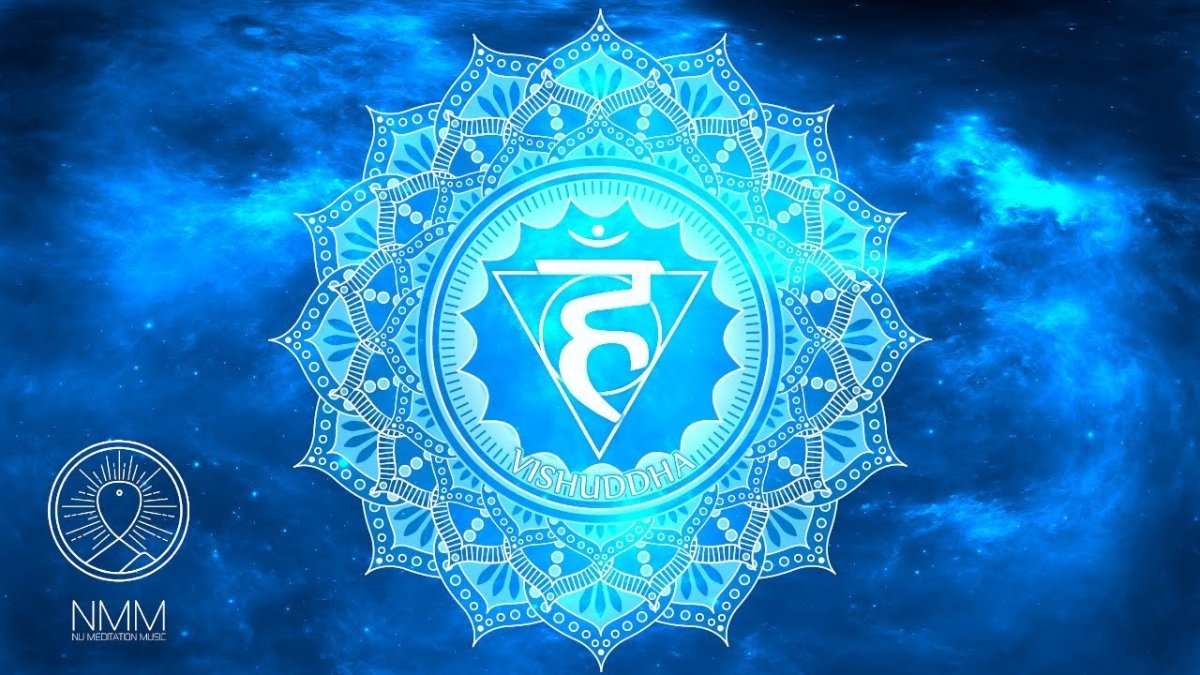Whirlpools and Billiard Balls
In a recent Dharma Talk, Malcolm Martin explores the complexity of the impermanent self in Zen practice. The post Whirlpools and Billiard Balls appeared first on Tricycle: The Buddhist Review.

Trike Daily Zen BuddhismTeachings
In a recent Dharma Talk, Malcolm Martin explores the complexity of the impermanent self in Zen practice.
By Malcolm MartinJun 21, 2022
Charlotte Joko Beck, the founder of Ordinary Mind Zen School, used to describe the self as a “whirlpool in a river.” Not some massive wave out at sea, but just like when you’re watching the flow of the river and the banks send waves ripples backwards and forwards and little whirlpools form. Branches get caught in it, leaves, a bit of dirt. They swirl round and round. The whirlpool lasts for a second, a minute, an hour. Maybe it’s there most of the time, but it’s changing every second and it’s gone, just back into the river, the flow of the river.
Joko was arguing that that’s a pretty good image for the self. We aren’t permanent. We aren’t stable. From my point of view, what’s really important is that the whirlpool is made of river. It’s not separate in any sense from the river. It doesn’t even have any definite edges, any definite boundaries. It’s just here, and we can see it pulsing, fluid, and changing, and it’s gone. That’s actually a nice image for a Zen Buddhist idea of the self.
And yet, most of the time, in most respects, we like to think of ourselves as something much more hard and permanent… like a billiard ball. The billiard ball doesn’t change. It bumps into things. It pushes them out of its way. And it’s part of a game. We think: Am I winning? Am I losing? That’s how we tend to live. And it’s even enshrined in things like the basis of our laws. Everything is about the individual, increasingly so. This is part of what it is to be a modern human being.
So what’s the consequence of trying to live like a billiard ball, imagining that we’re a billiard ball? It sets up tension within ourselves. It sets us in competition, one with another. We forget and entirely deny our whirlpool nature.
*
I have a dharma friend who recently sent me a wonderful beachscape picture. It’s a Welsh beach, and in it, sea and sky and spray and sand mix, meld, blur together. Looking at it, I think: That’s the sea. That’s the land. But where’s the edge? Where’s the boundary? You can’t really tell.
That reminded me of the Chinese character that comes into Japanese as yugen. You can translate yugen in a lot of ways. Let’s go with “mystery.” This character is actually the character for mountain, and between the prongs of the mountains are little characters that mean mist. So it’s mist in the mountains, when everything becomes a blur, hard to define, hard to pin down. That’s pretty much the texture of life.
*
Think of it like painting by numbers I used to love them as a child. You got a canvas, and you had a picture on it with all the outlines drawn in very carefully. In each little patch, there was a number that told you which color to put in. The colors were selected for you. All you had to do was put the right color in the right place, and magically, the picture appeared.
In a way, that’s exactly what we’re doing most of the time, most of our lives. In order to live our lives, we need to draw the outlines, and we tend to draw them in conventional places. So when it comes to relationships, we tend to see ourselves as separate, as identifiable as distinct from “you and you and everybody else.”
Our society invites us to think of the self in terms of a billiard ball, in terms of being separate, identifiable the whole time. How do we create identities? To be a man or to be a woman, to be Black or to be white, to be able-bodied or to have a disability, to be seen in terms of my sexuality as normal or abnormal—all of these things can have a really important impact on me. It’s the distinctions, what makes things identifiable, that are important in our society. These are all the lines that our society draws and offers us, and we follow the lines.
The billiard ball idea of a self wants me to see myself as permanent, as separate, as a psychologically integrated, normal individual whose every deviation from that is some kind of pathology that needs to be corrected, a symptom that needs to be treated. And that’s how we treat ourselves: endless self-improvement. Why aren’t I this? Why aren’t I that? Why aren’t I better? And so on.
*
In Buddhism and in Zen, we talk of emptiness. Obviously, the easy mistake to make with that is that things are unreal or they don’t exist. It’s more accurate to say that what we mean by that is that everything is relational. There’s not actually a grounded distinction between things.
Things blur. Things are mysterious. Everything is gray. Everything is yugen. It’s all interbeing. It’s all interdependent. It’s all relational. It’s all connected. Now, that can sound very mystical, very woo woo, as my own teacher Barry Magid says. But it’s not. It’s absolutely particular, concrete.
We could say that the problem is simply one of perception. I misperceive myself.
I misrecognize myself thinking and imagining that I’m a billiard ball, desperately trying to be the best billiard ball I possibly can and win all the time. But actually, I’m a whirlpool, flickering in and out of existence, from one moment to another.
♦

Get Daily Dharma in your email
Start your day with a fresh perspective

Explore timeless teachings through modern methods.
With Stephen Batchelor, Sharon Salzberg, Andrew Olendzki, and more
![]()
Thank you for subscribing to Tricycle! As a nonprofit, we depend on readers like you to keep Buddhist teachings and practices widely available.
This article is only for Subscribers!
Subscribe now to read this article and get immediate access to everything else.
Already a subscriber? Log in.

 Fransebas
Fransebas 































